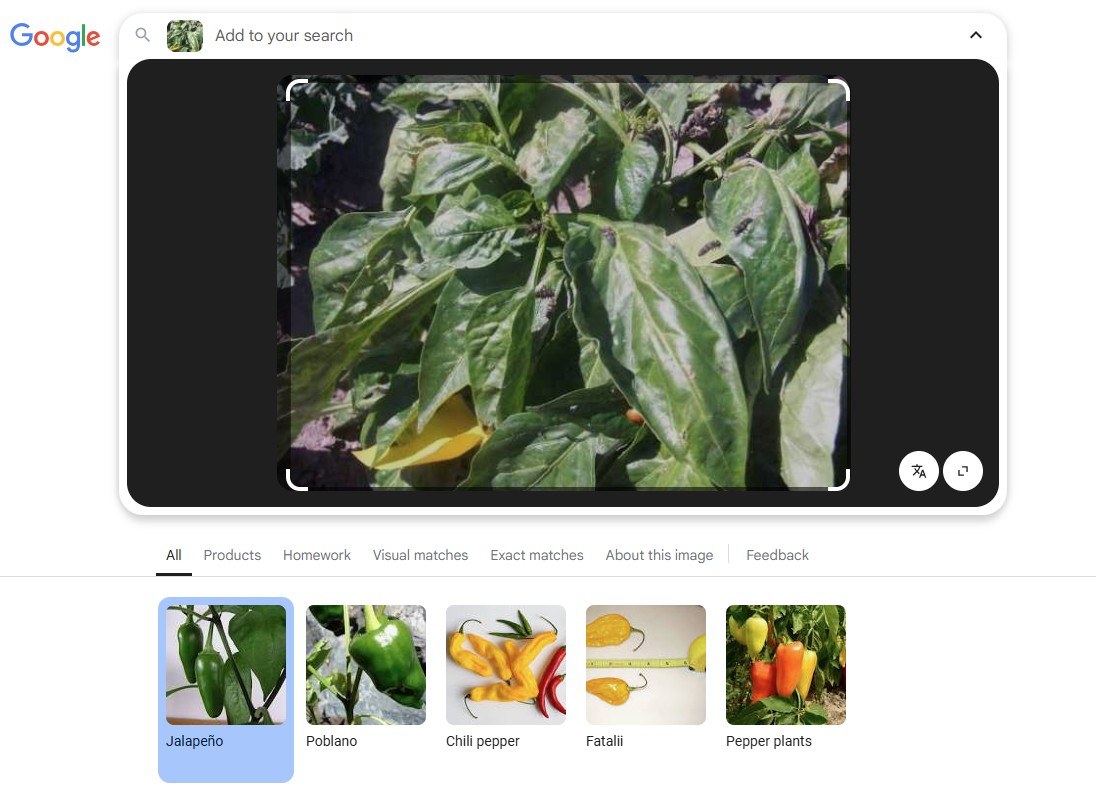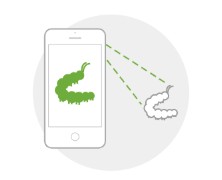How to Identify Pests Using Your Phone
One of the first challenges when dealing with a pest problem is figuring out exactly what you’re up against. Our directory categorizes pests by species, but if you’re not sure what species you’re dealing with, technology can help point you in the right direction.
Many mobile apps and online tools, like Google Image Search, allow you to take or upload a photo to get possible identifications. You can simply snap a clear picture of the pest, insect, or plant in question, and these tools will compare your image to their database of known species. Or search the web for similar results.

Dropping an image into the Google Image search can return some likely possibilities for identification.
You can visit the app store on your smartphone or mobile device and look for common plant and insect identification apps, both paid and free versions. Some applications utilize AI (artificial intelligence) technology to match your image with similar ones in your vicinity. Other applications use AI for initial identification suggestions but also use human verification through their user communities.

Searching in your device's app store can help you find apps for identification.
While these apps can be useful, they are not 100% accurate, even with human verification. Think of them as a guide rather than a definitive answer because many plants and insects require viewing under a microscope for proper identification. A suggested identification can help you narrow your search and find relevant information in our directory.

The iNaturalist app utilizes the community to help identify organisms.
While we cannot endorse specific apps, incorporating image recognition into your pest management plan can help you make informed decisions about control methods. However, if you’re unsure about an identification or need expert advice, our Master Gardeners are here to help! They can assist with identifying insects, weeds, plant diseases, and even some wildlife issues.
Have more questions? Reach out to our Master Gardeners for even more expert guidance!
Contact Master Gardeners


